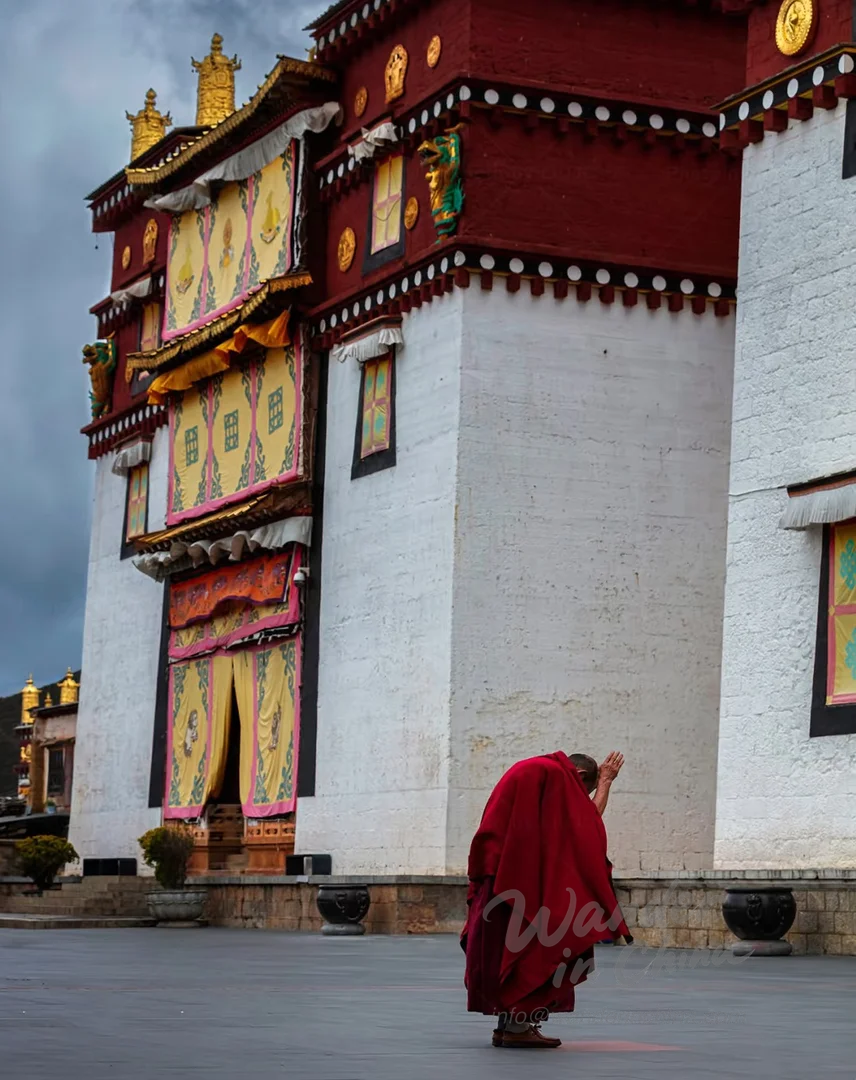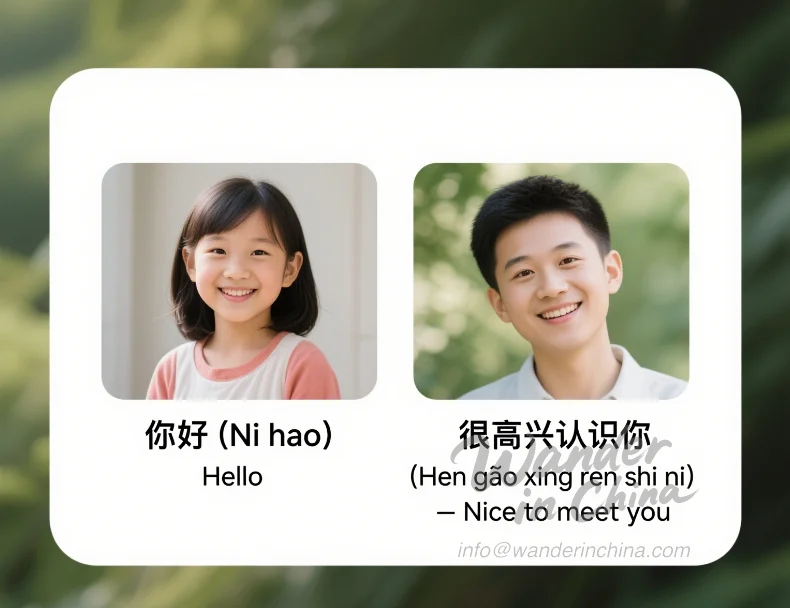Discover Dali Tie-Dye: Exploring Yunnan's Textile Art
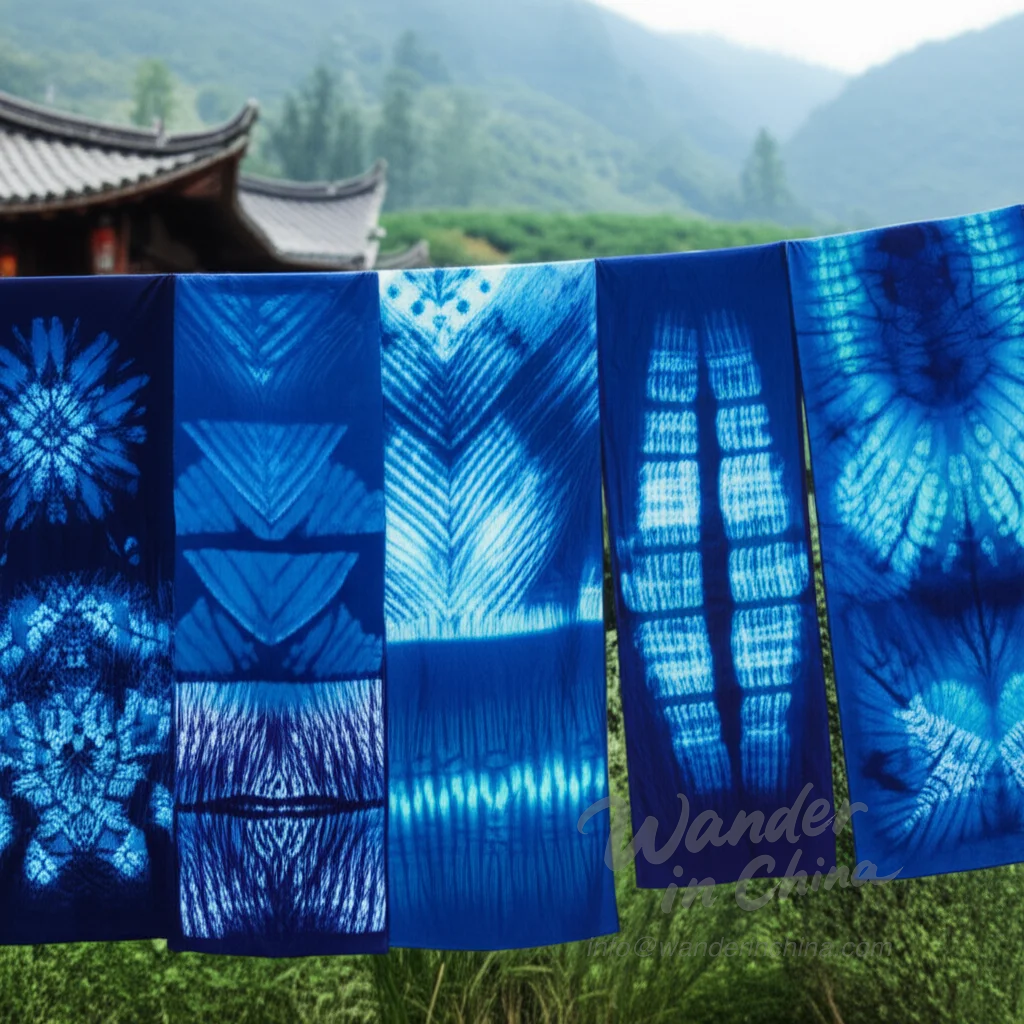
Dali Bai Tie-Dye: A Deep Dive into Yunnan’s Textile Heritage
Dali Bai tie dye is a vibrant and intricate textile art deeply rooted in the cultural heritage of the Bai ethnic group in Yunnan, China. This ancient craft not only produces beautiful fabrics but also tells stories of tradition, community, and artistic expression. For a complete overview, see our main guide to Tie-Dye (Zharan) in China.
The Bai Ethnic Group and Their Tie-Dye Traditions
The Bai people, primarily residing in the Dali Bai Autonomous Prefecture of Yunnan Province, have a rich cultural history, and their tie-dye (扎染, zha ran) is an integral part of it. Tie-dye has been practiced by the Bai for centuries, with techniques passed down through generations. The craft is more than just creating patterns on cloth; it’s a way of preserving their identity and expressing their worldview.
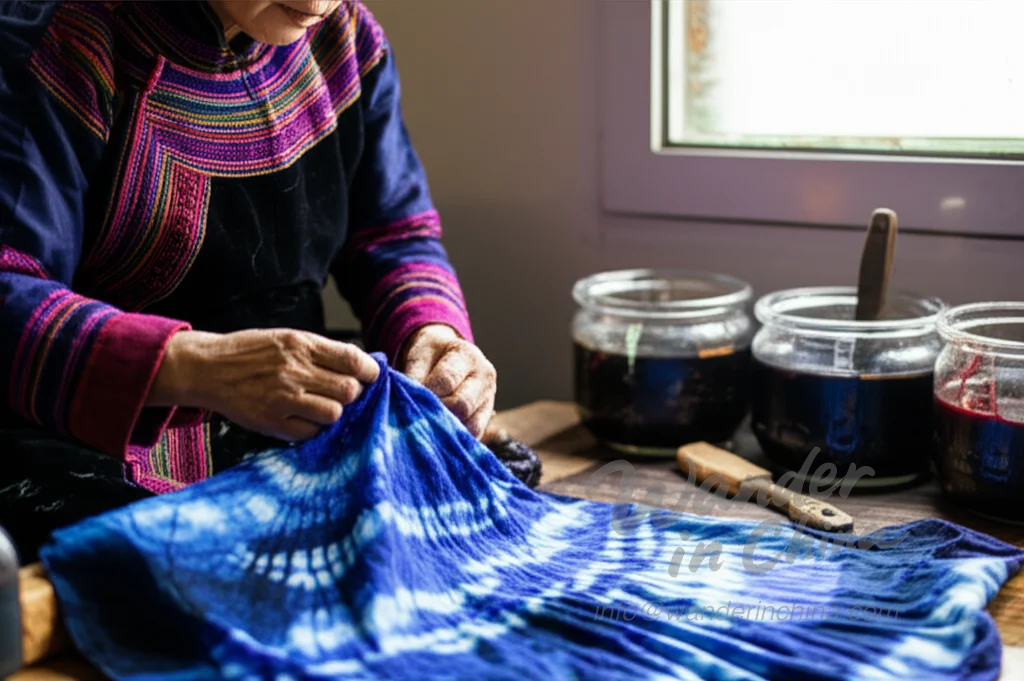
Significance of Tie-Dye in Dali’s Cultural Heritage
Tie-dye holds significant cultural weight in Dali. Traditionally, it was used for clothing, household textiles, and ceremonial items. The patterns and motifs often carry symbolic meanings related to nature, mythology, and Bai history. It’s a visual language that communicates stories and beliefs. Furthermore, the production and trade of Dali tie dye have historically contributed to the local economy and fostered a sense of community among the artisans.
Techniques and Patterns of Dali Bai Tie-Dye
Dali Bai tie dye is characterized by its unique patterns and the use of natural dyes. The process is labor-intensive and requires skill and patience.
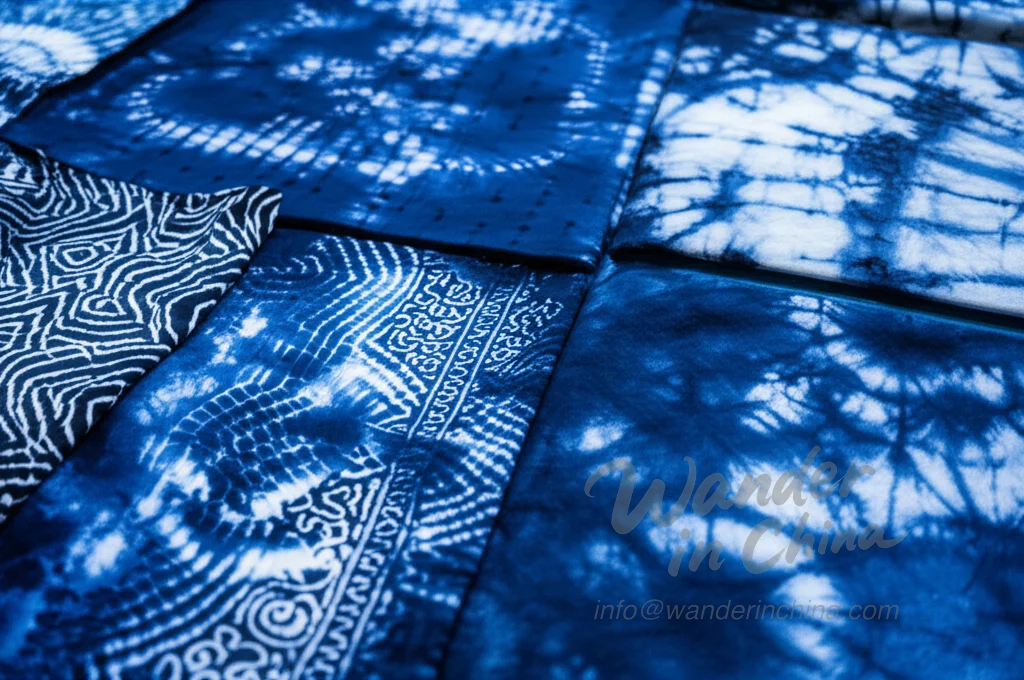
Unique Patterns and Motifs
The patterns found in Dali tie-dye are diverse and often inspired by the natural world. Common motifs include flowers, birds, butterflies, clouds, and geometric shapes. Each pattern has its own name and often carries a specific meaning. The arrangement and combination of these motifs create a rich tapestry of visual storytelling.
The Dyeing Process and Natural Dyes Used
The tie-dye process involves carefully folding, pleating, stitching, or binding the fabric before dyeing it. This creates resist areas that remain undyed, resulting in the characteristic patterns. The Bai people traditionally use natural dyes extracted from plants and minerals. Indigo, derived from the indigo plant, is a primary color, but other dyes are made from flowers, roots, and bark. The use of natural dyes not only creates beautiful colors but also makes the process environmentally sustainable.
Visiting Xizhou Tie-Dye Village
For travelers interested in experiencing Dali Bai tie dye firsthand, a visit to Xizhou Tie-Dye Village (喜洲扎染村) is a must. Xizhou is a historic town located a short distance north of Dali Old Town and is renowned for its tie-dye production.
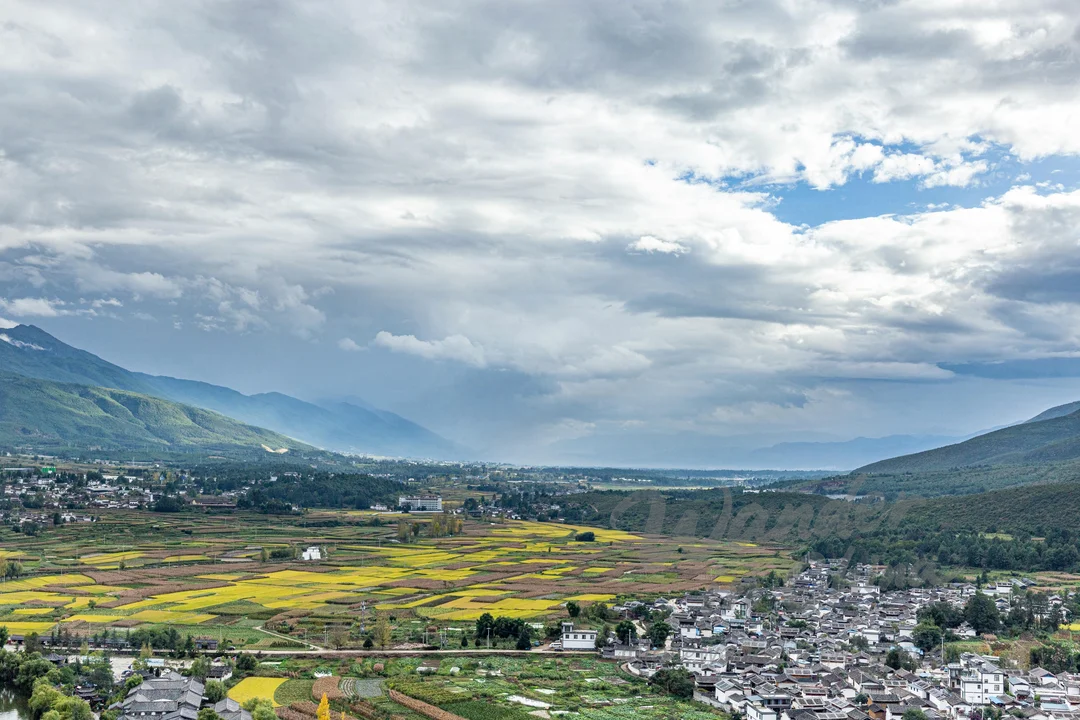
Experiencing the Tie-Dye Making Process Firsthand
In Xizhou, visitors can witness the entire tie-dye making process, from the initial folding and stitching to the dyeing and rinsing. Many workshops offer demonstrations and even hands-on experiences, allowing you to try your hand at creating your own tie-dye masterpiece. This is a unique opportunity to learn about the craft from local artisans and gain a deeper appreciation for its cultural significance. You might even consider joining a DIY Tie-Dye Workshop in China for a more in-depth experience.
Buying Authentic Dali Tie-Dye Products
Xizhou is also an excellent place to buy authentic Dali tie-dye products. You’ll find a wide variety of items, including clothing, scarves, bags, wall hangings, and more. Be sure to check the quality of the fabric and the dyes used to ensure you’re getting a genuine, handcrafted piece. Refer to our guide to Buying Authentic Chinese Tie-Dye for tips. Supporting local artisans helps preserve this traditional craft and ensures its continuation for future generations.
Preserving Dali Bai Tie-Dye Traditions
Preserving Dali Bai tie-dye is crucial for maintaining the cultural heritage of the Bai people and promoting sustainable tourism. Efforts are being made to support local artisans, promote the craft to a wider audience, and ensure that traditional techniques are passed down to younger generations. By visiting Xizhou, purchasing authentic tie-dye products, and learning about the craft, travelers can contribute to the preservation of this beautiful art form.


